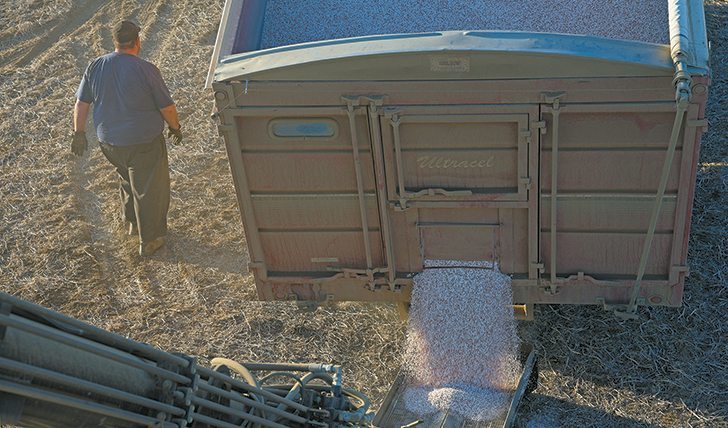Producers need to have good timing because seeding, spraying and harvesting must be completed within small windows of time.
However, timing is also important when they buy crop inputs and sell their products, according to Gord Nystuen from Input Capital Corp.
Nystuen presented historical data at a farm show near Saskatoon that suggests fertilizer prices are usually the least expensive from about mid-summer until early fall.
“I think our data say something like 19 years out of 20,” he said.
“And it’s actually substantially less expensive. The variation can be as low as 50 percent off spring prices but probably 35 percent less is probably a good number to look at.”
Read Also

Phosphate prices to remain high
Phosphate prices are expected to remain elevated, according to Mosaic’s president.
The analysis examined the price of urea and anhydrous, but Nystuen said the price of all forms of nitrogen are related, so the pattern applies to all kinds of the fertilizer.
Many input costs do not vary significantly throughout the year, he added, so it makes sense to time their purchases accordingly when they identify an input that does change.
Proper storage is crucial, and Nystuen said it wouldn’t take long to pay for extra storage if producers could save 35 to 50 percent on their nitrogen bill.
Some producers choose to store nitrogen in the ground, which Nystuen said could be a cheap storage strategy.
“When you’re looking at price reductions of potentially 30 to 50 percent, you certainly wouldn’t have that kind of leaching loss.”
Nystuen also looked at long-term data of canola prices.
“Typically what we see across the long-term chart of what happens with canola is that there is a seasonal flow and the price of canola usually reaches its peak of the year in May, June, July,” he said.
Nystuen identified variations that are typically $20 to $40 per tonne, but he said it can be as high as $100 a tonne, which works out to $2.50 a bushel.
Seasonal fluctuations do not happen every year, but canola is grown largely in the Northern Hemisphere, which means new crop is often uncertain during the summer months.
Nystuen said producers should consider taking advantage of higher prices when there is uncertainty in the market.
“Because it’s uncertain, the market has to pay the proper price in order to get old stores or pay the right price for what the new crop might be,” he said.
“There are other factors, but what it comes down to is that the summer months are when the canola price is the highest.”
robin.booker@producer.com
















